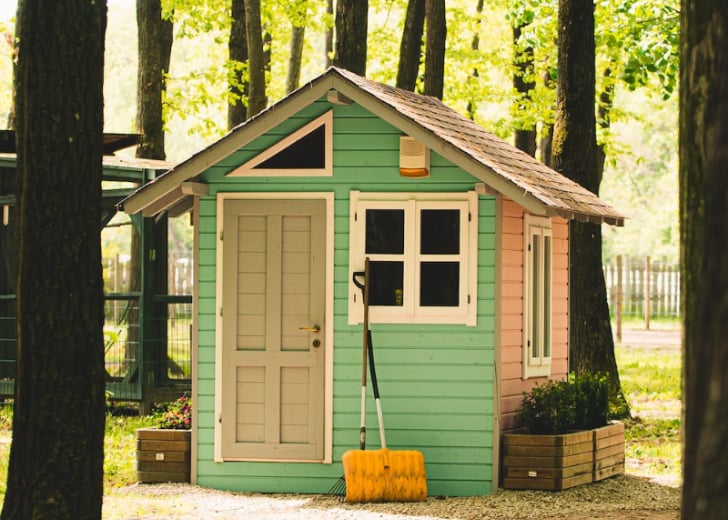
A Tiny House Sounds Perfect in This Dicey Economy, Should You Get One?

Booms in the housing market are advantageous for investors and sellers, but difficult for purchasers. Buyers are buying 400 square foot small homes as housing costs soar, but pricing and factors differ. With pricing varied based on materials, dimensions, and other considerations, typical small homes are typically 84% less expensive than a regular DIY new home that costs $23,000.
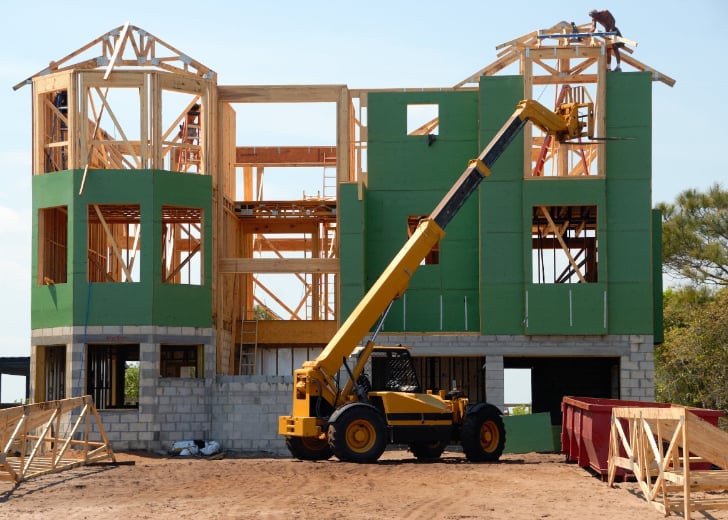
Source: Pexels
Tiny homes cost roughly $60,000 to build professionally, whereas luxury residences can cost up to $180,000. Permitting, residency, and insurance requirements all vary greatly. Smaller dwellings are significantly less expensive than larger ones. The price of building a tiny house varies greatly, largely depending on whether you’ll construct it yourselves, employ a professional builder, or purchase an existing house. Cheap DIY house kits are available for under $10,000. If you hire a builder, high-end small houses cost $45,000 to $180,000.
Cost of Living in a Tiny Home
The continuous expenditures of a small house are distinctive since they include variable utility bills for things like gas, water, sewage, electricity, and internet. These expenses must be accounted for even if they are lower than for conventional residences. By adding solar panels and rainwater collecting barrels, many small households save expenditures. You pay for storing if your possessions don’t fit in your little house. Repairs like leaking roofs, drooping siding, and damaged appliances are all included in maintenance expenditures; but, if your small house is on wheels and will be moved frequently, your repair budget will increase.
Based on the initial building quality, maintenance expenses might vary. Relying on the standards used in construction, tiny home owners may face greater insurance issues than conventional homeowners. Similar to zoning regulations, many insurance firms struggle to categorize tiny dwellings. The cost of insurance depends on how long-lasting the small house is constructed. Numerous businesses offer insurance for tiny houses, although the options are more limited than for ordinary dwellings. The price of homeowner insurance is influenced by zoning regulations, property rules, and the size of tiny homes. Small houses are thoughtfully designed to suit requirements and save building costs.
Buying /Building a Tiny Home
While it is challenging to build your own small house, hiring a builder may help you finish your home more quickly and handle the complicated permissions procedure. However, builders charge more for their materials and skills. Since they are ineligible for mortgages, builders provide funding for small homes. Many tiny homes choose for DIY projects, which helps them save roughly 50% of their costs. You must be familiar with the intricate procedures and rules governing permits, as well as building methods and laws.

Source: Pexels
Although the value of small homes declines, prices can be decreased by purchasing secondhand tiny homes. Used small houses are not the best choice for new purchasers since they have significant wear and tear and are also extensively personalised. Spending money on modifying pre-owned small houses for use. What constitutes a tiny home—an ADU, an RV, or a mobile home—varies depending on the community. Depending on the features, the size, and condition of the home, used small homes can cost a broad range of amounts.
The Bottom Line

Source: Pexels
When housing costs are an issue, buyers have economical choices in tiny dwellings. Additional savings come from building your own little house or purchasing a secondhand one. Due of their rapid depreciation, used small dwellings are inexpensive. If you build your own little house, the cost will be substantially lower. When compared to building one yourself, buying a small house from a contractor cost more than twice as much. However, construction errors subsequently need expensive repairs.
More in Investments & Savings
-
`
Figma Shares Jump 250% on IPO Debut, Smashing Expectations
Figma exploded onto the public market last week, and the numbers are jaw-dropping. Priced at $33 per share, Figma opened strong...
August 14, 2025 -
`
How Short-term Rentals Waste Food Worth $2.3bn Every Year
Food waste in short-term rentals is out of control. A new survey shows vacationers throw out more than $2.3 billion worth...
August 7, 2025 -
`
Use These Actionable ChatGPT Prompts to Kickstart a High-Paying Side Hustle
A side hustle can change your income game fast. It gives you extra cash and opens doors to bigger opportunities. Using...
July 31, 2025 -
`
5 Reasons Why You Should Choose Online Banking Over a Brick-and-Mortar One
Online banking changes the way you handle money from day one. It takes the usual stress out of managing accounts and...
July 25, 2025 -
`
How Changing Interest Rates Shape Stock Market Performance
Interest rates are the stock market’s quiet puppeteer. You won’t see them flashing on a trading screen. But they steer everything,...
July 17, 2025 -
`
Granny Pods: A Smart Housing Solution for Aging Loved Ones
Finding the right living arrangement for aging family members can be a challenging task. Traditional options, such as nursing homes or...
June 10, 2025 -
`
Useful Real Estate Strategies at Various Stages of an Investing Career
There is no one perfect investing approach, as real estate investors are aware. At various phases of your investing career, investigate...
May 2, 2025 -
`
Downsizing after Retirement is a Pain, but Here’s How You Can Go About It
Retirement needs extensive planning, and it is not just finances. Without proper plans for this next phase of life, chances are...
April 6, 2025 -
`
Break IKEA Rules and Try These Usual and Creative Furniture Hacks
Let’s be honest; we all love furniture items from IKEA be it the incredible day out traversing IKEA walkways, to ridiculously...
January 2, 2025






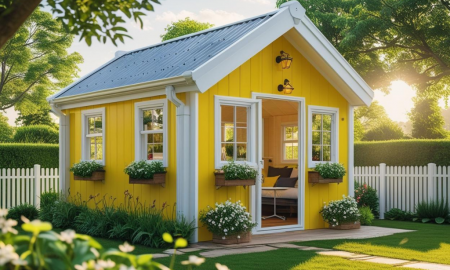
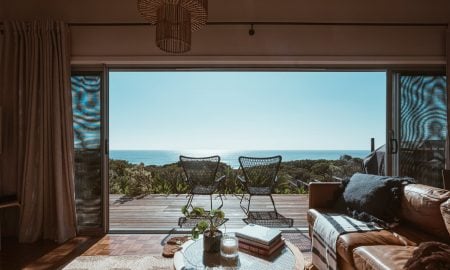
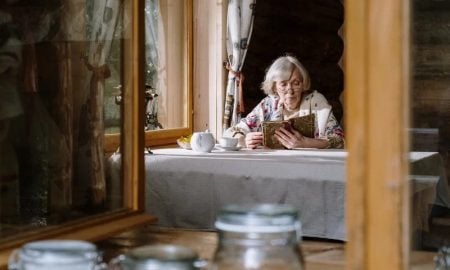


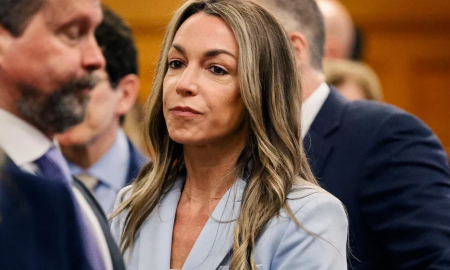



You must be logged in to post a comment Login